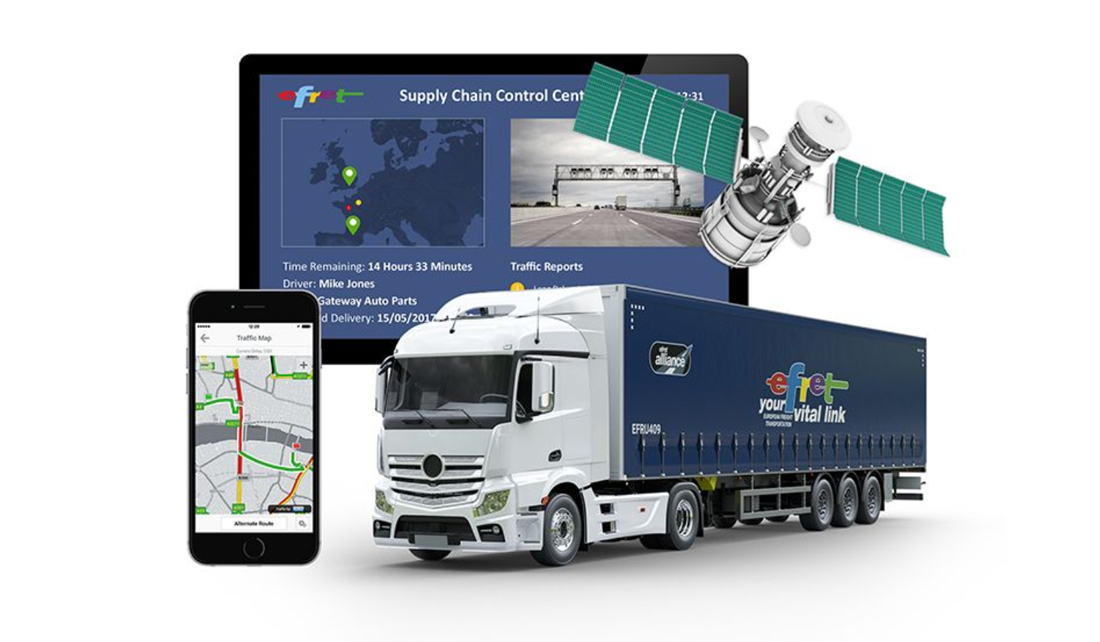What is Automotive Transportation?
Automotive transportation refers to the movement of components and related goods within the automotive industry supply chain. This complex process involves various modes of transportation, logistics strategies, and coordination to ensure the efficient and timely distribution of automotive products.
Components and Parts: In addition to the movement of the vehicles themselves once manufactured, automotive transportation also covers the distribution of parts and components required for vehicle assembly and maintenance. These components may be transported to manufacturing plants or repair centres, contributing to the smooth operation of the industry.
Modes of Transportation: Automotive transportation can utilise various modes such as road, rail, sea, and air. Trucks and trailers are commonly used for short-distance transport, while trains and ships can handle longer distances. Air transport is often reserved for high-priority, time-sensitive deliveries.
Logistics Strategies: Efficient automotive transportation involves careful planning and coordination. Just-in-time (JIT) and lean manufacturing principles are often employed to minimise inventory and reduce transportation costs. Modern technologies like GPS tracking and route optimisation software enhance visibility and control over the movement of vehicles and components.
Challenges and Considerations: Automotive transportation can face challenges such as supply chain disruptions, varying regulations across regions, and potential damage during transit. Weather conditions, traffic congestion, and border crossings can all impact delivery timelines.
In summary, effective automotive transportation is critical to the automotive industry's supply chain. It involves the movement of vehicles and components using various modes of transportation, incorporating logistics strategies to ensure timely and efficient distribution.
Fast and efficient automotive transportation ensures production lines don't stop because of a missed shipment.








